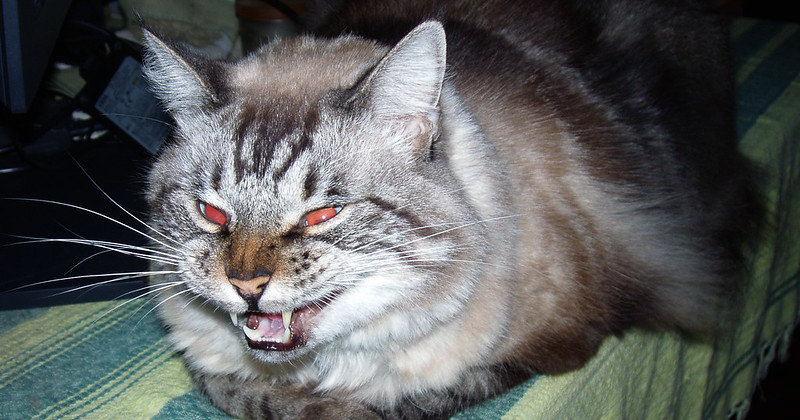Evaluation

“All the information contained in this section is for guidance only. Psious environments are therapy supporting tools that must be used by the healthcare professional within an evaluation and intervention process designed according to the characteristics and needs of the user.
Also remember that you have the General Clinical Guide in which you have more information on how to adapt psychological intervention techniques (exposure, systematic desensitization, cognitive restructuring, chip economy…) to Psious environments.”
Assessment Fear of animals
Assessment objectives
- To assess the presence and comorbidity of other emotional disorders, especially anxiety disorders and other phobias.
- Evaluate anxiety associated with components: animals and their movements (especially if they are sudden), their physical appearance, the sounds they make and their tactile properties.
- Define stimulus configurations feared by the patient and to what degree. Elaboration of exposure hierarchy.
- Assess presence of distorted thoughts: believe that they will be terrified of an animal, that they will lose control, that they will harm themselves when trying to escape.
Some useful instruments for the evaluation of Fear of animals
Taking into account the evaluation objectives, we will list some tools and instruments that may be useful for obtaining relevant information about the characteristics of your user. Remember that a good definition of objectives, characterization of the patient and planning of the intervention are important for the efficiency and therapeutic efficacy, as well as for the satisfaction of your patients. In the bibliography you will find the articles in which to review the characteristics of the instruments proposed below.
For a complete evaluation of the problem, a combination of the following instruments will be used:
- Open or semi-structured interview.
- Structured interview: Interview for Anxiety Disorders according to the DSM-IV (ADIS-IV) (Brown, Di Nardo & Barlow, D, 1994)
- Observation and self-observation (with self-registration):
- In vivo behavioral approach test and / or using virtual reality
Self-reports
- Fear Recognition Inventory III (Fear Survey Schedule III, FSS-III) (Wolpe & Lang, 1977)
- Inventory of fears (children) (Sosa et al., 1993)
- Psious self-reports for the elaboration of the hierarchy
Elaboration of the exposure hierarchy with Psious environments
Once we have the evaluation information we can proceed to develop the exposure hierarchy. For this, in addition to using the data obtained during the initial assessment, we can ask a series of questions (eg, what level of discomfort, on a scale of 0 to 100, does it generate to see a small spider? What level of discomfort , on a scale of 0 to 100, would it generate you to have a cockroach walking by your hand? Do you think there is something that can generate even greater discomfort? …) aimed at planning the intervention using virtual reality.
Below are a number of items that could be used to create an appropriate hierarchy for dealing with animal fear with Psious. It should be borne in mind that we could ask the patient about the anxiety that these items generate, and from this, graduate the different elements of the hierarchy.
- Being in a room and seeing a small spider inside a terrarium (environment afraid of animals, room with spiders)
- Seeing many pigeons while walking through a square (environment afraid of animals, video pigeons in a square)
- What a small cockroach walk by your hand (animal fear environment, room with cockroaches)
- See many quite large spiders move around the table (animal fear environment, room with spiders)
- Pet a cat (animal fear environment, cat video)
- Being around a dog of the Rottweiler breed (animal fear environment, Rottweiler video)
- Seeing a few roaches on the work table (animal fear environment, augmented reality of cockroaches)
[ DISCLAIMER: This document has been automatically translated using Google Translate. ]